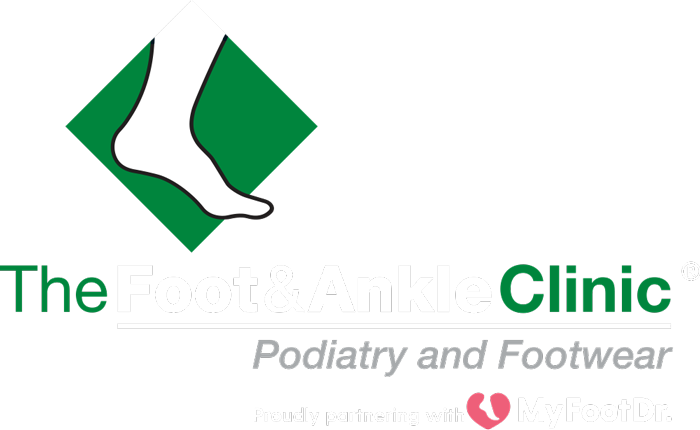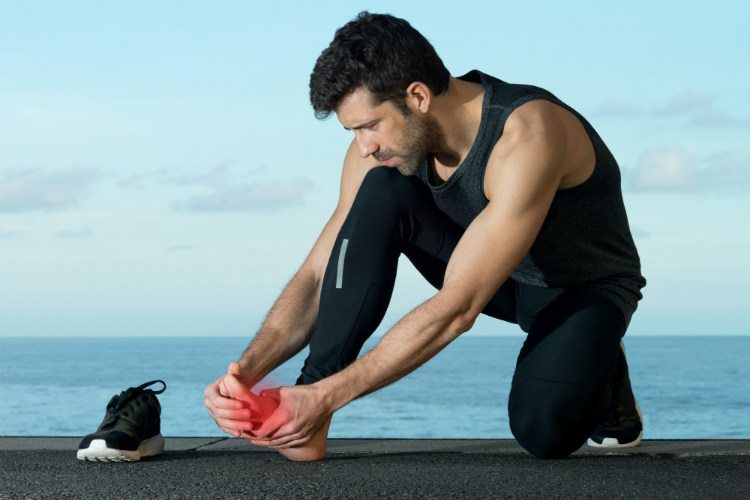Sesamoiditis
Sesamoiditis is a common ailment of the plantar forefoot, causing pain in the ball of the foot specifically under the big toe joint. The sesamoid bones are very small bones which are located under the big toe joint within the tendons that run to the big toe.
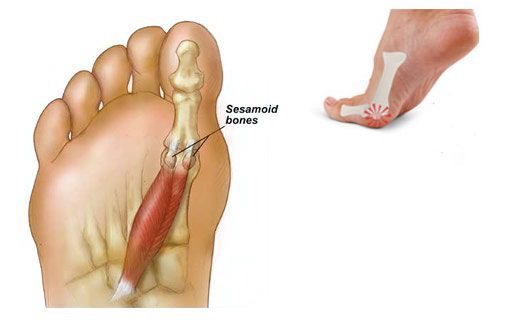
What are Sesamoids?
Most bones in the human body are connected to each other at joints. But there are a few bones that are not connected to any other bone. Instead, they are connected only to tendons or are embedded in muscle. These are the sesamoids. Two very small sesamoids are found in the underside of the forefoot near the big toe, one on the outer side of the foot and the other closer to the middle of the foot.
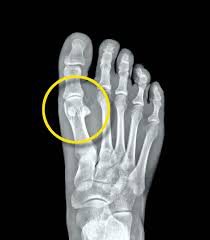
What causes Sesamoiditis?
Sesamoids act like pulleys. They provide a smooth surface over which the tendons slide, thus increasing the ability of the tendons to transmit muscle forces. The sesamoids in the forefoot also assist with weightbearing and help elevate the bones of the big toe. Like other bones, sesamoids can break (fracture). In addition, the tendons surrounding the sesamoids can become irritated or inflamed. This is called sesamoiditis and is a form of tendinitis. It is common among ballet dancers, runners, basketballers, footballers and professional athletes.
Sesamoiditis is often caused by doing the same types of toe movements over and over again. Fractures can also cause pain in the sesamoids.
What are the symptoms of a sesamoid injury?
The main symptom of sesamoiditis is pain that develops under the ball of the foot. The pain tends to build gradually, and you may notice some swelling or bruising.
Sesamoiditis can make it difficult to straighten or bend your big toe. It may even hurt to move that toe. You may also have a “pop” sensation in your big toe when you walk.
- Pain is focused under the big toe on the ball of the foot. With sesamoiditis, pain may develop gradually, whereas with a fracture, the pain will be immediate.
- Swelling and bruising may or may not be present.
- There may be difficulty and pain when bending and straightening the big toe.
What causes this condition and who’s at risk?
Sesamoiditis usually results from the overuse of the tendons involved with the small bones in the front of the foot. The tendons also can become inflamed if they experience repeated trauma, such as wearing high heels or shoes that fit poorly.
If you engage in sports and activities that require a lot of pressure be placed on the ball of the foot, you’re at a higher risk.
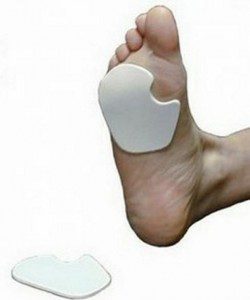
Treatment for Sesamoiditis?
Treatment for sesamoiditis usually is nonoperative. However, if conservative measures fail, your physician may recommend surgery to remove the sesamoid bone. First, your specialist will recommend the following:
- Stop the activity that causes the pain.
- Take aspirin or ibuprofen to relieve the pain.
- Rest and ice the sole of your foot. Do not apply ice directly to the skin, but use an ice pack or wrap the ice in a towel.
- Wear soft-soled, low-heeled shoes.
- Use a felt cushioning pad to relieve stress.
- Return to activity gradually, and continue to wear a cushioning pad of dense foam rubber under the sesamoids to support them. Avoid activities that put your weight on the balls of the feet.
- Tape the big toe so that it remains bent slightly downward (plantar flexion).
- Your orthopaedic specialists may recommend an injection of a steroid medication to reduce swelling.
- If symptoms persist, you may need to wear a removable Cam Walker (‘Moon Boot”) for four to six weeks.
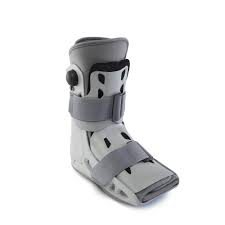
Lifestyle changes
The first step is to stop whatever activity may be causing sesamoiditis. It’s also important to avoid other activities that put extra pressure on the ball of your foot. You should also elevate your foot and ice it.
If high heels or other shoes are pressuring the sesamoids, you should avoid them and opt for more supportive and comfortable footwear. Soft-sole and low-heeled shoes are best. Clogs and other stiff-soled shoes may also be comfortable.
Medication and Orthotics
If your foot pain is bothering you, try over the counter pharmaceutical non-steroidal anti-inflammatories.
Orthotics, such as padded insoles for your shoes, may also be beneficial. In mild cases, you may be able to use an over-the-counter orthotic insole. There are also orthotics that are customized for your foot. A well-made orthotic insole should last a year or so.
Sometimes taping the big toe to the toe next to it can ease symptoms. The toes should be pointed slightly downward. Ask your doctor or a nurse about how to do this yourself.
Surgery
If other methods aren’t successful, surgical removal of one sesamoid bone may be necessary. It’s best to only remove one of the two sesamoids. If both are taken out, it can have a damaging effect on the big toe. It will no longer line up in a healthy manner.
During the surgery, you will be placed under general anesthesia. Your surgeon will make an incision on the bottom of your foot and then separate the soft tissue around the affected bone. They’ll be careful not to damage the nerve that runs along the bone. After the bone is removed, the soft tissue is put back in place, and the incision is closed up. The location of the incision will depend on which sesamoid is being removed.
Podiatrists at The Foot and Ankle Clinic have vast experience in diagnosing and treating Sesamoiditis and typically this treatment is very successful but involves a multifactorial approach. We also prescribe and supply a wide range of treatment aids to assist with the rehabilitation and prevention of sesamoiditis.
At the Foot and Ankle Clinic our highly qualified team of Podiatrists are all members of the Australian Podiatry Association and offer a combined 50 years’ experience. They are trained to diagnose and effectively treat sesamoiditis via a range of treatments.
Put your feet in our hands! See us today in Chadstone, East Bentleigh, Moe, Sale, Traralgon, Warragul & Online Store and Retail Enquiries. NO REFERRAL NEEDED!.
